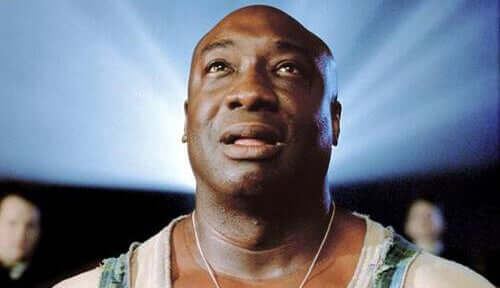There are movies that mark, that don’t leave us indifferent. There are films that bring more than entertainment, that reach our souls. Yes, few do, but fortunately, every now and then, we come across one of these movies. Miracle (1999) is one of them.
It’s a film that’s hard to describe in a nut words. Why don’t we think about this beautiful creation of the seventh art?
- It’s not a made phrase.
- It’s really unique.
- Why is it unique?First.
- Waiting for a Miracle is a type of film that is difficult to classify or label.
Some critics define it as a drama, others as a mystery, and some consider it a kind of science fiction. The truth is that everyone is right and wrong to put it under a descriptive label.
It contains enough elements to be included in all these categories. Waiting for a Miracle is an adaptation of Stephen King’s book “The Death Row. “
This is not unique simply because it is difficult to label, but because the characters, plot and context are second to none.
The protagonist is a prison officer named Paul Edgecomb, head of death row surveillance and administration, also known as the “green mile,” at Cold Mountain Prison in Louisiana in the 1930s.
He, along with his team of prison guards, sees his daily life interrupted after the arrival of a particular prisoner: John Coffey.
He is a black man of more than two meters in height, extremely muscular and sensitive, in addition, little by little John shows how special he is, thanks to his powerful gift.
Paul and John Coffey are, on paper, the protagonist and co-star, respectively. But we can say that emotion is present throughout the film. Or maybe it’s better to say “emotions,” because one of the achievements of this work is to provoke very different emotions in the viewer.
With moments of humor, intense drama, suspense and even horror, the story is stunning. John Coffey shows us the powerful force of emotion.
Although he entered death row for the alleged murder of two girls, the enigmatic prisoner shows the sensitivity, innocence and illusion of a boy, which constantly contrasts with his size and voluptuousness.
John is able to expel the evil that each carries within him and, little by little, makes this gift available to all around him, his extreme sensitivity allows him to sympathize with anyone who suffers and offer his gift to heal.
Are there good, bad people? Personally I don’t think so, I think there are actions, behaviors, attitudes that can be described as good or bad (and yet that would be a relevant reductionism).
However, John would be one of those people we could colloquially regard as a good person. His gift makes him a being that instinctively does nothing but good.
Mr. Coffey represents a way of acting based on the most developed moral sense, putting his gift at the service of those who need it, have been kind to him or not.
With hatred ever present, in a context where people wield weapons, kill and abuse power, John Coffey is a kind of miracle, a powerful force of nature whose fuel is love, which is expressed in many different ways, such as the appreciation of things.
If this supernatural being were to appear in our lives, we would have an obligation to take care of him and make sure he does good wherever he goes, to make the world a little better.
However, this does not happen. In the film, due to a number of related facts, John does not end well, because he is executed in the electric chair, and at one point it is expressed that it is his desire.
In an insensitive world, his increased sensitivity causes more pain than he seems to be able to bear. In real life, the world we live in is not far from what is presented in the film. If John came into our lives, I’m afraid the end would be the same.
Sometimes we meet people who do us good, people who, not knowing very well why, do well wherever they go, often do not give these people the treatment they deserve.
After all, in a boring world, any demonstration of sensitivity is a revolution.

